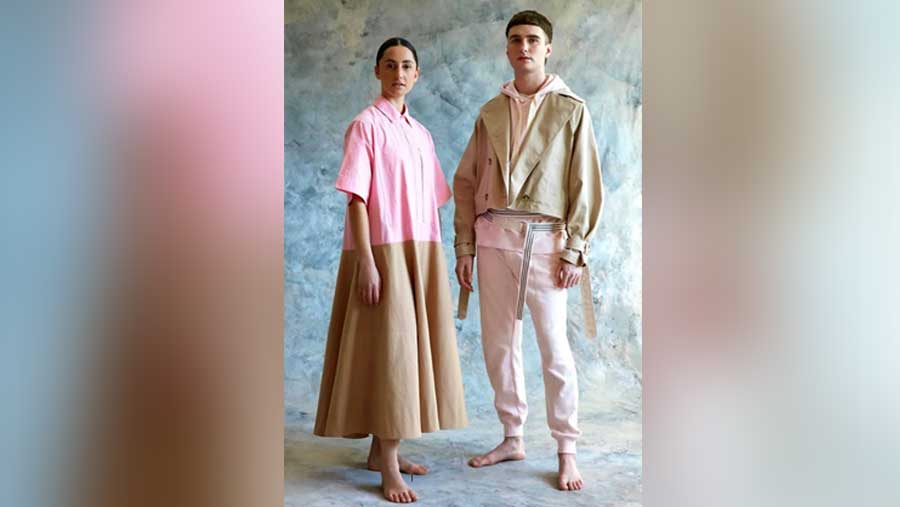As we all use the post-lockdown period to rethink and reset with promptitude, the fashion industry is pushing primarily on ‘ready-to-wear’ boundaries after the pandemic has fractured the system. There have been vast changes made at the needle-and-thread level, with adaptability being the key word.
‘Buy less, choose well, and make it last’ has been the catchline with most sustainable designers worldwide. In the past year-and-a-half, with no board meetings and parties to attend, we have reoriented how we dress towards comfort. We have discovered the luxury of relaxed silhouettes and good-quality fabrics, and refuse to give it up anytime soon. Feel-good clothes give us a sense of contentment. Soft textures and democratic tailoring are what consumers are looking at currently. That particular willingness to collaborate styles and try something new is the best possible outcome of a world isolated and apart.
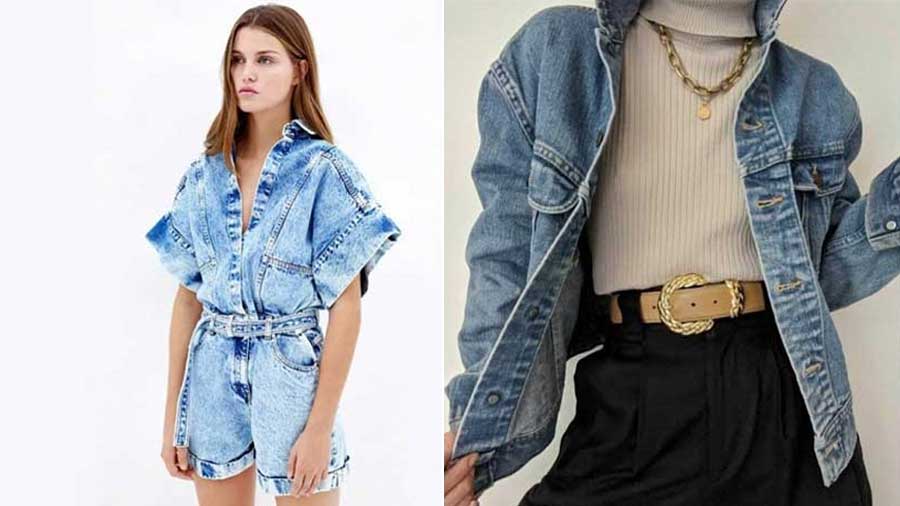
Courtesy: (L-R) Iro, Na Nin Vintage
There's a danceability factor in clothing with fuller shirts, poufier sleeves, and pants with more leg room, Multi-faceted layering, luxe athleisure and coordinated sets have been on trend forecasters’ radars. Thinking outside the usual sphere and creating garments that resonate with functionality is what propels fashion forward.
The Covid-19 distraught state-of-mind led to epiphanies, stories of mindfulness and banana bread. At the same time, there was a flow of individual storytelling, awakenings and connections, with introspective design. Designers and commercial brands focus on dressing a broader spectrum of people with different personalities and characteristics, and it all boils down to one simple word—gratification.
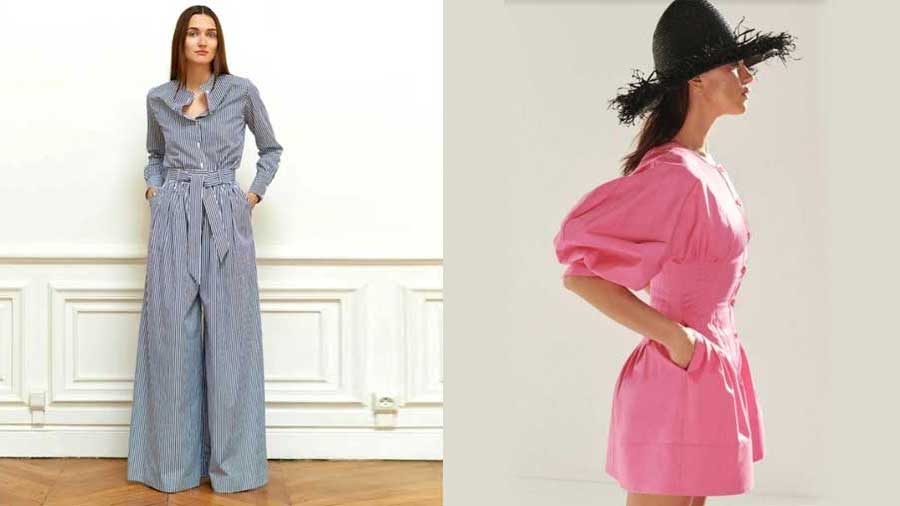
Courtesy: (L-R) Brandon Maxwell, Oscar de la Renta
There has been a more tactile approach to garment construction and manufacturing, using skin-friendly finishing, and recyclable eco-friendly fabrics. A number of brands have adopted versatile styles that exemplify fashion escapism with languid dresses that seem almost mercurial to ’70s-inspired denim. One celebrates the art of dressing up on those rare occasions with possibly a pop of colour just to lift our spirits, while remembering comfort is essential.
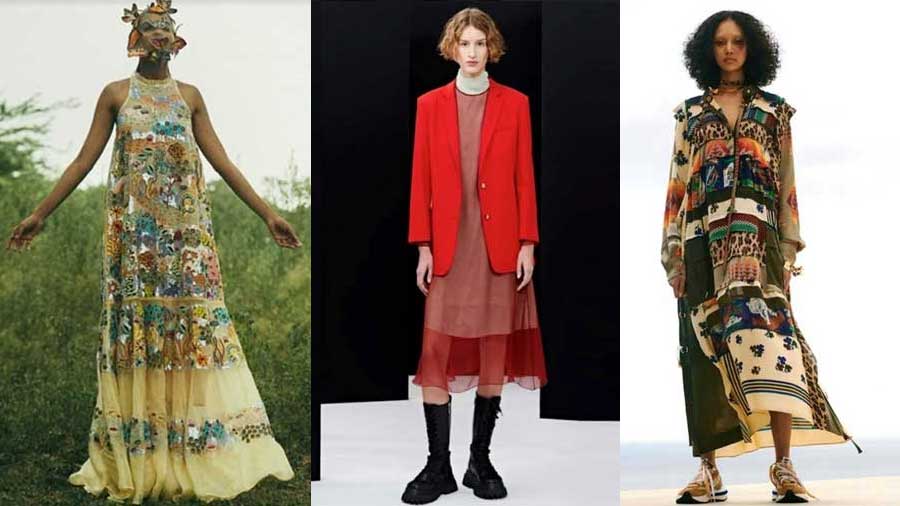
Courtesy: (L-R) Rahul Mishra, Nehera, Sacai
At one point, the words ‘sustainability’ and ‘organic’ were buzzwords used by PR and marketing agencies. However, this past year has magnified the awareness of ‘ethical fashion’. The industry has acknowledged the detrimental effects that it has caused in worsening the conditions on our planet and is making an effort to educate itself regarding the environmental crisis. Designers and fast-fashion brands are making efforts to reduce their carbon footprint and water consumption. Brands are being encouraged to ban single-use plastic, introduce climate-positive projects and conduct responsible shows. There is a commitment to being eco-friendly; both manufacturers and buyers have recognised the importance of upcycling (creating new garments with recycled material). Conscious clothing inculcates a feel-good factor within consumers.
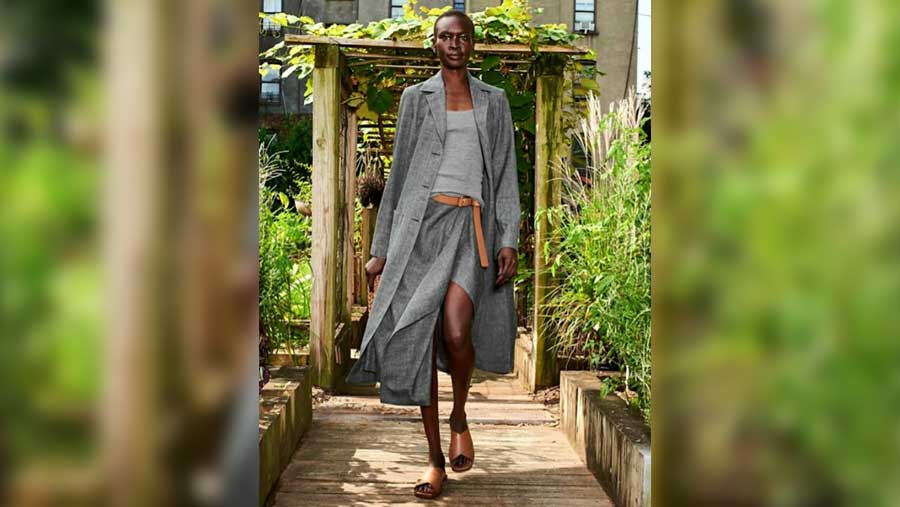
Courtesy: Michael Kors
For those of you who want to inject some feel-good colour therapy into your closets – red, hot pink, green and yellow have made their way back onto Pantone charts. Try on these bold and optimistic colours with coordinated sets, loungewear and athleisure. Looking good and feeling good is something all of us could agree upon, and we are honestly spoilt for choice thanks to the number of fashion brands who have hopped on to functional high street fashion.
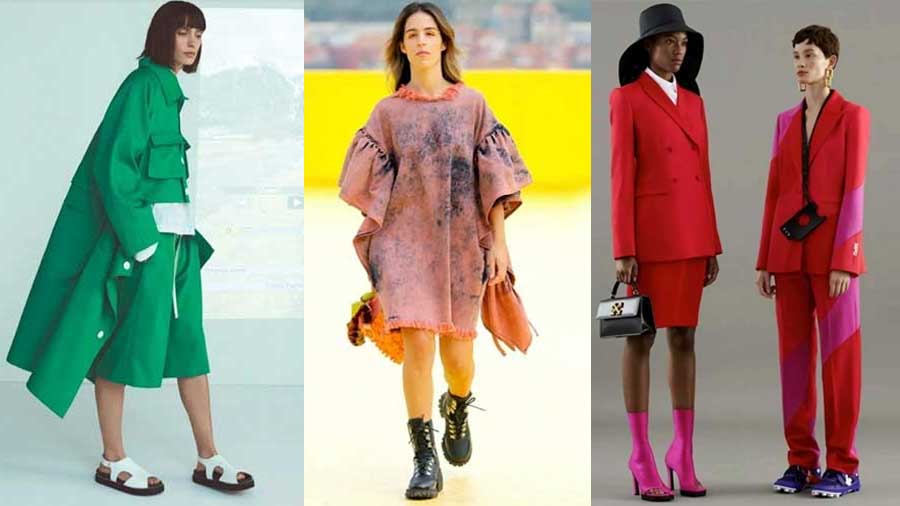
Courtesy: (L-R) Plan C, Marques'Almeida, Off-White
Priyanka Khanna is a fashion designer, stylist and creative consultant. She is also a guest faculty member with the Indian School of Design & Innovation (ISDI) in Bombay and National Institute of Fashion Technology (NIFT) in Kolkata.
